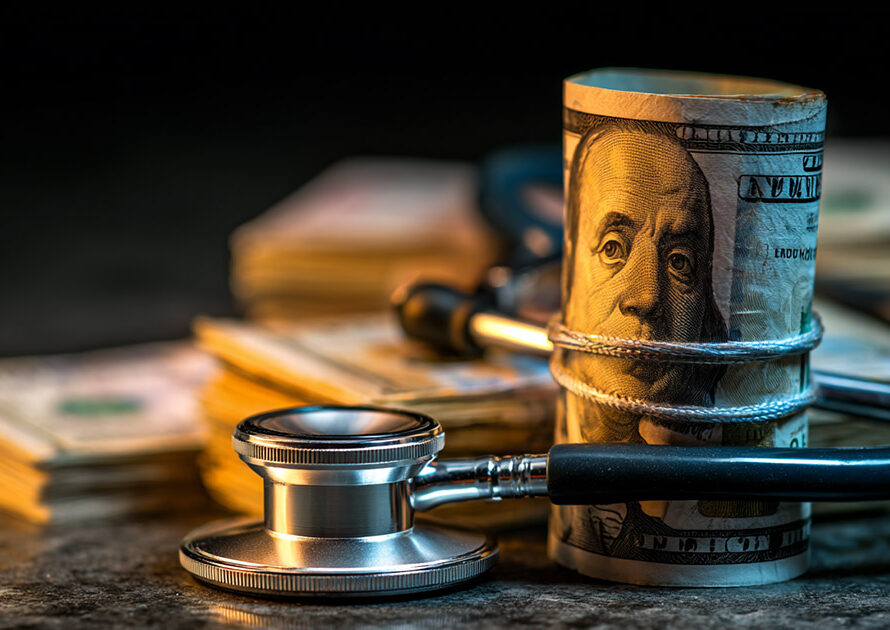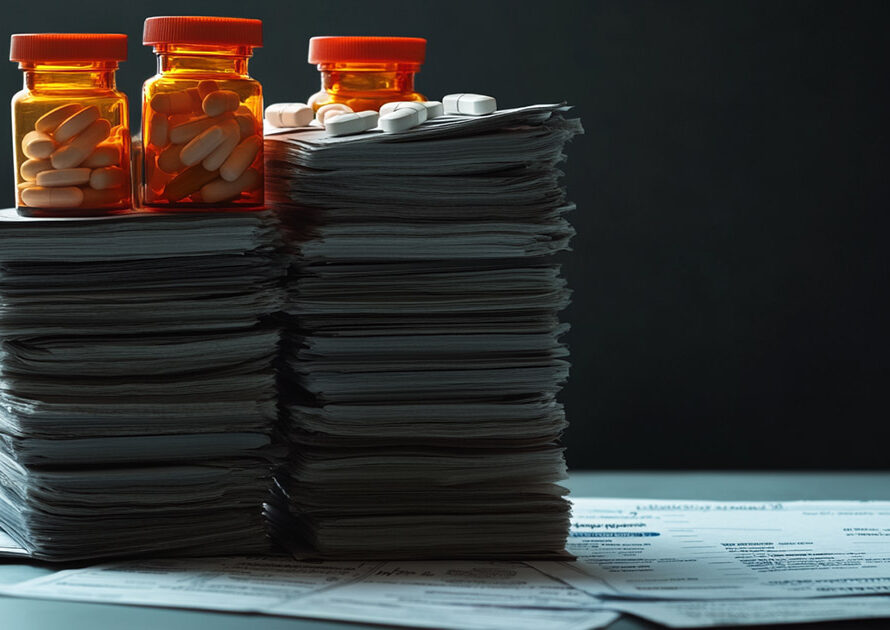Introduction
Health equity in today’s healthcare system means ensuring that all patients, regardless of socio-economic status, have access to timely, high-quality care.
Pharmacists, as frontline health professionals, are uniquely positioned to address inequities in medication access, especially for vulnerable populations.
In this post, we explore how empowering pharmacy teams to bridge financial gaps can advance health equity and improve patient outcomes.
The Challenge of Health Inequity in Medication Access
Underserved communities often face significant barriers when accessing medications.
High out-of-pocket costs, lack of insurance coverage, or inadequate financial support mechanisms can result in medication non-adherence rates that exceed 25% in some low-income areas.
These challenges only worsen the overall health disparities experienced by vulnerable populations
Strategies to Empower Pharmacists for Improved Health Equity
1. Automating Financial Assistance in Pharmacies
One of the most effective ways to bridge financial gaps is to automate the matching process for financial assistance.
By integrating pharmacy management systems with financial assistance platforms, pharmacists can quickly identify patients eligible for co-pay reduction programs, grants, or other forms of aid.
Automation reduces administrative burdens and ensures that no eligible patient is overlooked.
2. Enhanced Patient Counseling and Support
When pharmacists are freed from excessive paperwork, they can devote more time to direct patient counseling.
Studies have shown that supportive counseling by pharmacists can increase medication adherence by up to 20%.
By offering guidance on financial assistance and educating patients on available resources, pharmacists play a critical role in improving patient outcomes and promoting equity.
3. Data-Driven Approaches to Identify Gaps
Utilizing data analytics, pharmacies can identify trends in medication non-adherence that are directly linked to financial barriers.
By tracking these metrics, pharmacy teams can develop targeted initiatives aimed at reducing the financial burden for high-risk groups.
These initiatives might include community outreach programs, tailored patient education sessions, and strategic collaborations with local health organizations.
Success Stories and Impact Metrics
Recent case studies from community pharmacies reveal that integrating financial assistance programs into daily workflows led to an:
- improvement in medication dispensing efficiency
- increase in patient adherence.
Plus these improvements translated into better clinical outcomes and reduced hospital readmissions among vulnerable populations.
The data is compelling:
- empowered pharmacy teams directly contribute to bridging the gap in health equity.
Challenges and Opportunities for the Future
While the potential is great, there are challenges in terms of technology adoption, training, and aligning workflows across multiple departments.
BUT, hospitals that have invested in these solutions report not only improved patient satisfaction but also enhanced operational efficiency.
Collaboration between pharmacy teams, hospital administration, and IT departments is vital to fully realize these benefits.
Conclusion
Pharmacists are critical allies in advancing health equity. Pharmacies can significantly reduce inequities in medication access by:
- embracing automation,enhancing patient counseling
- leveraging data to identify and address financial barriers.
Improving financial access to medications is a tangible way to promote healthier communities and ensure that vulnerable patients receive the care they need.
As healthcare leaders, investing in and empowering our pharmacy teams is not only an ethical imperative but it is also a strategic priority that will drive better outcomes for all.




